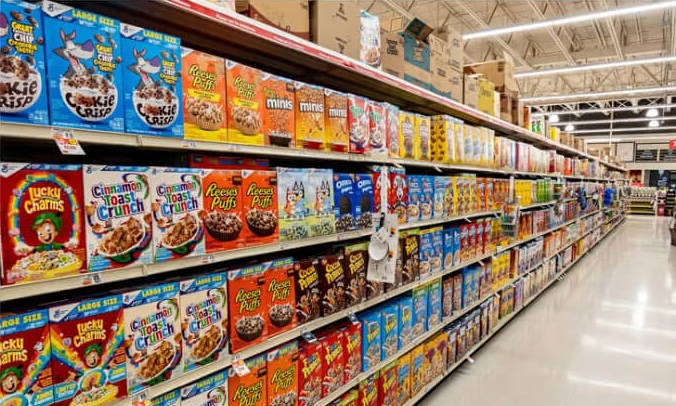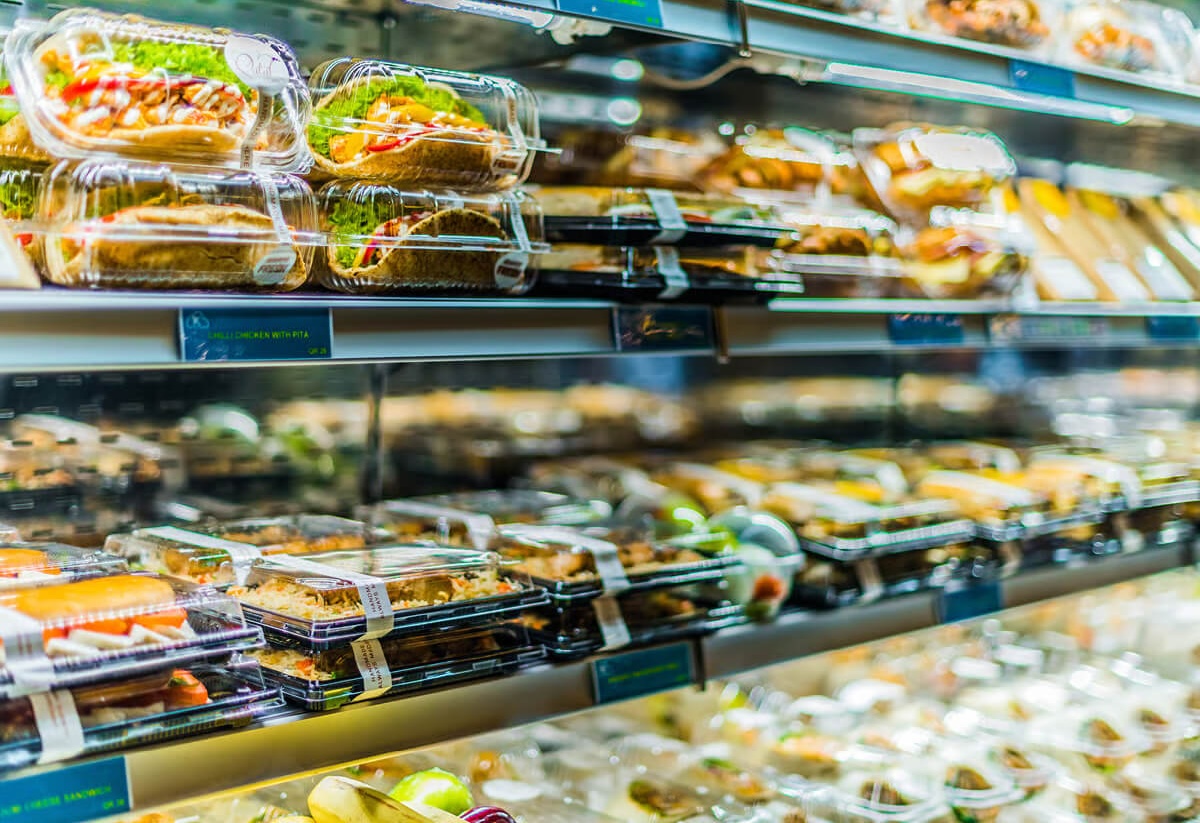Ultra-Processed Food: We Are Eating More of It Than We Think, and It's Not Good.
They look like food, taste like food, but ultra-processed foods are quietly hijacking our health—and most of us are eating them every day without realizing it.

The frozen lasagna dinner with ingredients you can’t pronounce. The bag of Doritos you can’t stop eating. Welcome to the wild world of ultra-processed foods (UPF). And chances are, you’re eating more of them than you realize.
- Science Says: Adults in the US get more than 50% of their total calories from ultra-processed foods. For children? Almost 62%.
These numbers are deeply troubling. But I’m not here to shame anyone’s grocery cart (we’ve all been there at 9 PM with hungry kids and zero desire to cook).
Instead, I wanted to tell you about the just-released guidelines and clinical statement from the American Heart Association about UPFs, which as a newly appointed Board member, I got an early look at. Here’s how you can spot these foods, understand how they affect our bodies, and fight back.
What Makes a Food UPF?
There is no universally agreed-upon definition of ultra-processed food. The closest we have is the NOVA classification from Brazilian nutrition researcher Professor Carlos Monteiro.
According to Monteiro, UPFs are products made from ingredients you wouldn’t cook with at home that have gone through multiple industrial processes.
Here are a few other ways to spot UPFs:
- Soft. They’re easy to chew and soft to the touch. This is deliberate. It makes the product faster to eat and easier to over-consume.
- Unusual Textures. UPFs use textures and temperatures to mask extreme sweetness. For example, a Coke tastes great when it’s ice-cold and fizzy. But when it’s flat and warm? That’s a different story.
- Uniform Taste: When every bite tastes the same, it’s a sign of heavy processing.
- Cosmetic Ingredients: UPFs often have bulking, gelling, glazing, foaming, colors, flavors, and sweeteners that exist solely to change the product’s look and taste. These cosmetic ingredients have zero culinary use.
In my opinion, if it comes out of a bag or box and can survive on your shelf for weeks (or even years!) and survive a nuclear holocaust, it’s not real food, it’s an UPF, and you should avoid it.
The Consequences of UPFs
You probably know that a bag of pretzels isn’t doing you any favors. But just how harmful are UPFs?
- Higher Heart Risk: A 2024 study of 200,000 people found that eating certain UPFs (such as sugary drinks and processed meats) increased cardiovascular disease risk by 11% and heart disease risk by 16%.
- Increased Risk of Diabetes: People who ate the most UPFs had a 74% higher risk of developing type 2 diabetes compared to those who ate the least.
- Disrupted Gut: The emulsifiers and additives in UPFs wear down your gut's protective lining. This lets bacterial toxins escape into your bloodstream, triggering chronic inflammation.
Now What?
Fortunately, health organizations are calling for change. That includes the American Heart Association, which just published new guidelines addressing UPFs. Their suggestions?
- Clearer labeling. Put warning labels on the worst UPFs.
- Modernize FDA Food Additive Oversight. There are 10,000 additives approved with minimal safety review in the US.
- Target Worst Offenders. Create policies on UPFs with high saturated fat, sugar, and sodium.
Note that the AHA isn’t calling for a nationwide ban on UPFs. They recognize that some UPFs (such as whole-grain breads and low-sugar yogurts) can fit into a healthy diet.
But ditch the soda, skip the drive-thru, and if you can't pronounce the ingredients, put it back on the shelf. I like to use the "Grandma Test." If your great-grandmother wouldn’t recognize it as food, it’s likely UPF.
Remember, every trip to the grocery store is a chance to reset your energy, mood, and health. Make it count and try to eat foods that resemble something in nature, not something you find in techno-color kids movies.


